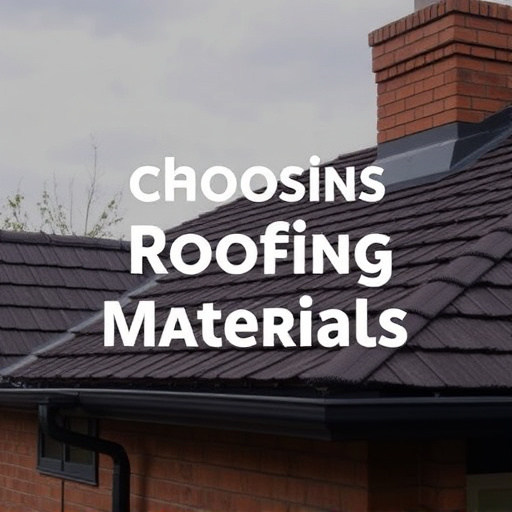Estimating average roofing costs per square foot (between $1.50 – $15+), key factors include material type, installation complexity, roof size, climate, and accessibility. Choosing materials involves balancing cost, durability, aesthetics, heat reduction, green options, and long-term benefits like reduced energy bills and maintenance expenses. Metal, tile, wood shakes, EPDM, TPO, and green roofing offer varying advantages and price points. Distinguishing between repairs and replacements is crucial for accurate budgeting based on material type and lifespan. Regional pricing and labor rates also significantly impact costs.
“Uncovering Average Roofing Costs Per Square Foot: Your Comprehensive Guide to Choosing Roofing Materials
When it comes to roofing, understanding costs is key before you embark on a project. This article serves as your roadmap through the intricate web of factors influencing pricing, from material types to regional variations. We break down the averages for various roofs, shedding light on asphalt shingles, metal, tile, flat EPDM and TPO membranes, green roofing, repairs vs. replacements, and more. By navigating these insights, you’ll be better equipped to make informed decisions when choosing roofing materials.”
- Understanding Roofing Cost Factors
- Types of Roofing Materials and Prices
- Shingle Options: Asphalt vs. Wood
- Metal Roofs: Durability and Costs
- Tile Roofs: Beauty and Budget
- Flat Roofing: EPDM vs. TPO Membranes
- Green Roofing: Benefits and Expense
- Repairs vs. Replacements: Cost Analysis
- Regional Pricing Variations
- Hiring Professionals: Labor Rates
Understanding Roofing Cost Factors
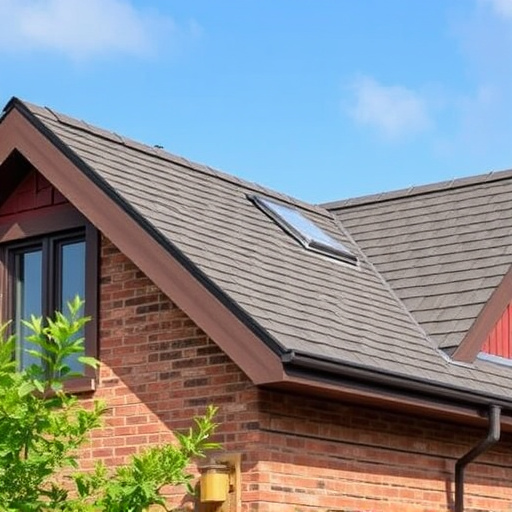
When gauging average roofing costs per square foot, several factors come into play that determine the overall expense. One of the primary considerations is choosing roofing materials. Different materials carry varying price points based on their quality, durability, and aesthetic appeal. For instance, asphalt shingles are more affordable but have shorter lifespans compared to metal or tile roofing, which are pricier upfront but offer longer-lasting protection.
Another crucial aspect is the complexity of the installation process. Sloped roofs typically demand more labor and specialized skills, translating to higher costs. Moreover, factors like the size of the roof, its pitch, local climate conditions, and accessibility can also influence pricing. Additionally, considering reflective roofing for heat reduction or exploring green roofing options could add to the cost but may offer long-term benefits such as reduced energy bills and improved environmental sustainability. Similarly, best durable roofing options might command a premium but can significantly cut down on future maintenance and replacement expenses through tile roofing maintenance hacks.
Types of Roofing Materials and Prices
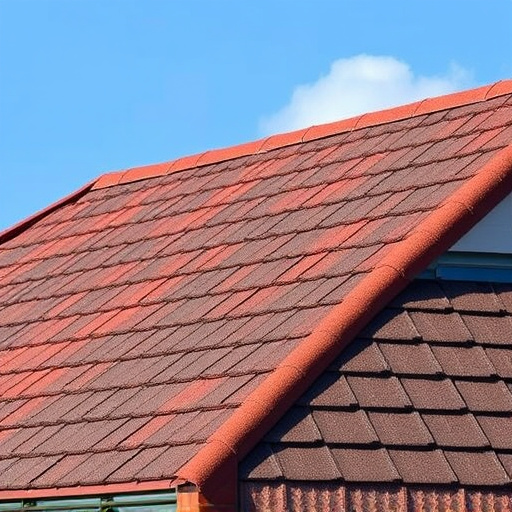
When considering average roofing costs per square foot, understanding the types and prices of roofing materials is essential in Choosing Roofing Materials. Traditional options like asphalt shingles are budget-friendly and readily available, typically costing between $1.50 to $3.50 per square foot installed. These shingles offer a straightforward solution for residential roofs, but they may not be suitable for every style or climate.
For those seeking more durable and fire-resistant roofing systems, metals roofing presents an array of styles and benefits. Metal roofs can range from $5 to $15 per square foot installed, depending on the material (e.g., aluminum, steel, copper). They are known for their longevity, low maintenance, and ability to withstand harsh weather conditions. Alternatively, concrete tiles offer a high-end aesthetic with prices ranging from $8 to $20 per square foot, while slope-dependent roofing options like wood shakes or shingles can cost $4 to $10 per square foot, depending on the region and quality. Selecting the right roof underlayment is also crucial for protecting your home’s structure beneath.
Shingle Options: Asphalt vs. Wood

When considering average roofing costs per square foot, understanding choosing roofing materials is crucial. One of the primary decisions homeowners face is between asphalt vs. wood shingles. Asphalt shingles are the more popular choice for several reasons. They are cost-effective, easy to install, and require minimal maintenance—a significant advantage over red clay tile roofs: installation. Additionally, asphalt is highly versatile and can mimic the appearance of other materials like slate or stone, providing a range of aesthetic options without breaking the bank.
On the other hand, wood shingles offer a more natural look and are known for their durability. However, they are generally more expensive than asphalt, require specialized installation, and necessitate regular tile roofing maintenance hacks. Moreover, while aesthetically appealing, wood shingles may not be as long-lasting as modern asphalt alternatives. Thus, when balancing cost and aesthetics in your flat roof materials comparison, consider both the financial investment and the long-term durability of each option to make an informed decision that aligns with your needs and budget.
Metal Roofs: Durability and Costs
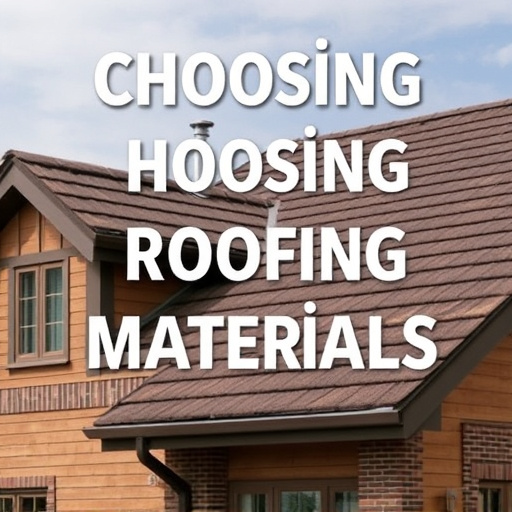
When considering choosing roofing materials, metal roofs stand out for their remarkable durability and longevity. They are designed to withstand harsh weather conditions, including high winds, heavy snowfall, and extreme temperatures. This makes them a popular choice not just for residential properties but also for commercial buildings looking for low-maintenance solutions.
In terms of costs, the price of metal roofing varies based on the type of metal used, its quality, and customization options. Generally, metal roofs offer a higher upfront cost compared to traditional shingles or tiles, but their durability translates into longer-term savings. Additionally, reflective roofing made from certain metals can help in heat reduction, which is advantageous for regions with hot climates. Hybrid roofing systems that combine metal with other materials are also gaining popularity as they offer enhanced aesthetic appeal and can be tailored to suit any roofing materials based on climate requirements.
Tile Roofs: Beauty and Budget

Tile roofs have long been celebrated for their striking beauty and durability, making them a popular choice among homeowners looking to elevate both the aesthetics and value of their properties. While traditional asphalt shingles offer a more affordable option, tile roofs can significantly enhance curb appeal with their diverse styles—from classic Spanish to modern Mediterranean. However, when considering roofing materials, it’s crucial to weigh the visual allure against cost. Tile roofs often carry a higher upfront price tag compared to conventional asphalt shingles. Yet, their longevity and resistance to extreme weather conditions make them a worthwhile investment in the long run.
When deciding between replacing or repairing roof damage, tile roofs may require more extensive replacement costs due to individual tile replacements being more complex than patching up missing or damaged shingles. Nonetheless, the integration of solar panel roofing can offset these expenses over time by reducing energy bills and enhancing a home’s eco-friendly credentials. Choosing roofing materials is not just about aesthetics; it’s a strategic decision that balances style, budget, and long-term sustainability.
Flat Roofing: EPDM vs. TPO Membranes
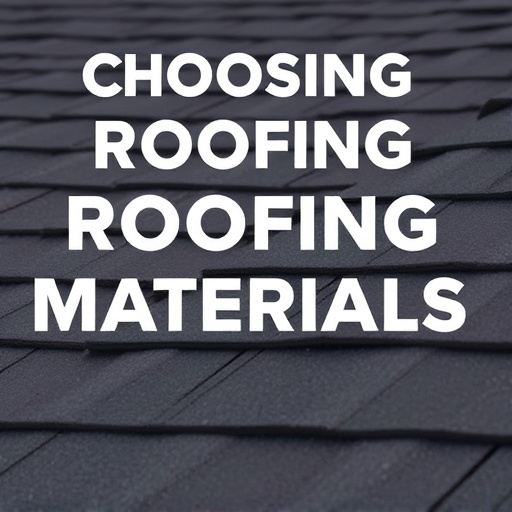
When considering flat roofing options, EPDM (Ethylene Propylene Diene Monomer) and TPO (Thermoplastic Olefin) membranes stand out as popular choices. Both offer excellent durability and protection against extreme weather conditions, but they have distinct properties that can influence your decision. EPDM is known for its flexibility, making it easy to install over complex roof shapes. It also exhibits superior resistance to UV rays and offers a long lifespan. TPO, on the other hand, boasts high strength-to-weight ratio and exceptional heat resistance, which makes it suitable for commercial buildings that demand enhanced structural integrity.
Choosing between EPDM and TPO involves weighing factors such as cost, maintenance requirements, and aesthetic preferences. While both materials provide superior protection at competitive prices, their specific styles and benefits cater to diverse roofing needs. Consider the local climate, building structure, and long-term goals when selecting a flat roofing system, whether you’re inclined towards traditional or green roofing options or even exploring solar panel roofing integration for enhanced energy efficiency.
Green Roofing: Benefits and Expense
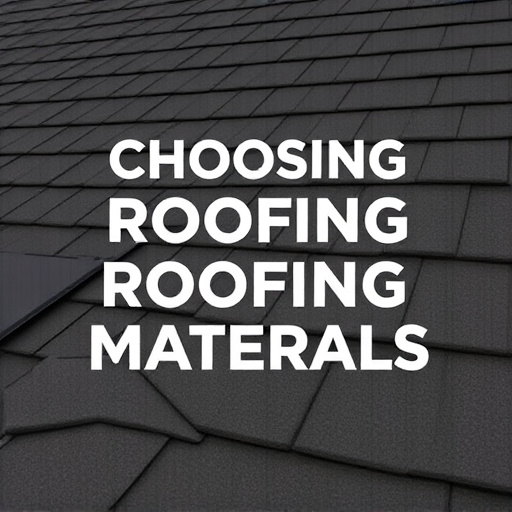
Green roofing, also known as eco-friendly or sustainable roofing, is a growing trend among homeowners looking for both aesthetic appeal and environmental benefits. This style of roofing involves planting vegetation on top of a structure, offering numerous advantages such as improved energy efficiency, reduced urban heat islands, and enhanced air quality. The initial setup cost can be higher compared to traditional roofing options, but it’s important to consider the long-term savings and positive impact on the environment.
When choosing roofing materials, considering both style-appropriate and functional aspects is crucial. While traditional asphalt shingles remain a popular choice for their affordability and versatility in various house styles, fire-resistant roofing systems are becoming increasingly important for safety concerns. Green roofing can add a unique and modern twist to any home, but it requires careful planning and maintenance to ensure its longevity and effectiveness.
Repairs vs. Replacements: Cost Analysis
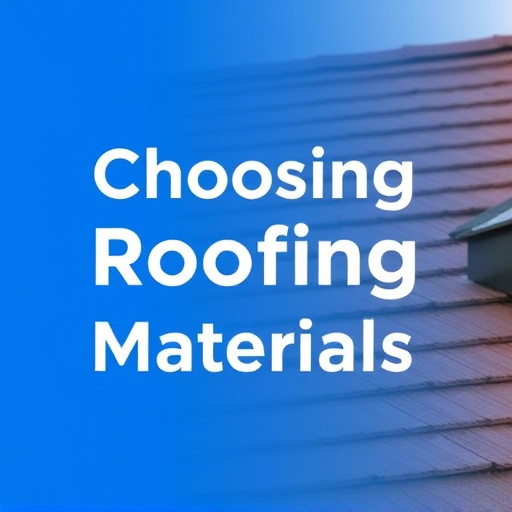
When considering average roofing costs per square foot, it’s essential to differentiate between repairs and replacements. Repairs are typically less expensive but address specific issues like leaks or minor damage. Replacing a roof, on the other hand, involves removing the existing roofing material and installing new materials, which can significantly impact the overall cost. According to professional roofing estimate tips, the average repair job might range from $75 to $200 per square foot, while full replacements usually fall between $10 to $15 per square foot or more, depending on the type of material chosen.
Choosing roofing materials plays a crucial role in determining these costs. Metals roofings: styles & benefits, for instance, offer durability and long-term savings but can be more expensive upfront. Asphalt shingles, the most common choice, are relatively affordable but require frequent replacements. Understanding the life expectancy and maintenance requirements of each material helps homeowners make informed decisions. By carefully evaluating repair vs. replacement options, homeowners can effectively manage their roofing expenses based on their budget and preferences.
Regional Pricing Variations

Roofing costs can vary widely depending on your location and the type of material chosen. Regional pricing variations play a significant role in determining the overall expense of roofing projects. For instance, areas with higher labor costs or specialized materials requirements will typically reflect these factors in their pricing structures. Homeowners in coastal regions might encounter elevated prices for hurricane-resistant roofing options, while those in mountainous terrain may face increased expenses for snow-load-bearing materials.
When choosing roofing materials, it’s essential to consider local market trends and availability. Modern metal roofing designs, for example, have gained popularity for their durability and aesthetic appeal, but costs can differ drastically across regions. Conversely, tile roofing maintenance hacks might be more readily available in areas with a higher concentration of tile roofs, impacting both installation and repair expenses. Additionally, embracing green roofing options is becoming increasingly common, driven by environmental concerns; these eco-friendly choices may carry different price points depending on local availability and demand.
Hiring Professionals: Labor Rates
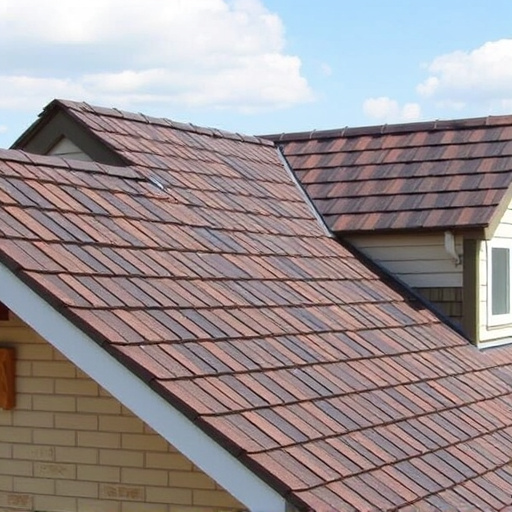
When considering average roofing costs per square foot, it’s crucial to factor in labor rates, especially when choosing roofing materials. Hiring professionals for your roofing project comes with a significant cost, which can vary widely based on factors like location, complexity of the work, and whether you’re opting for a standard repair or a full replacement. Labor expenses are a substantial component of the overall roofing budget, making it essential to balance quality and affordability when flat roof materials comparison or considering eco-friendly roofing alternatives.
While do-it-yourself options can potentially reduce costs, they often lead to higher long-term expenses due to tile roofing maintenance hacks and the need for frequent repairs. Conversely, opting for green roofing options may have initial installation costs but offer energy efficiency and environmental benefits. Ultimately, understanding labor rates and their impact on your budget is a key step in making informed decisions about your roofing project and ensuring you get the most value for your investment.
When considering roofing costs, it’s clear that various factors and material types significantly influence pricing. From traditional asphalt shingles to premium tile options, each has its own set of benefits and budget implications. Understanding these variables is key to making informed decisions when choosing roofing materials that align with both your aesthetic preferences and financial constraints. By weighing the pros and cons of each option, you can ensure a well-informed selection process, ultimately leading to a satisfying roof upgrade.
